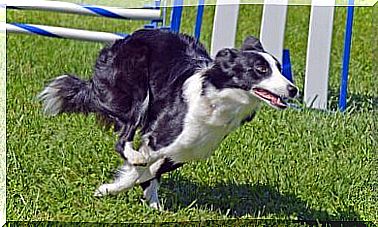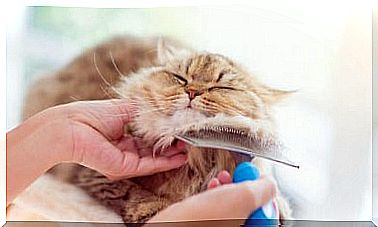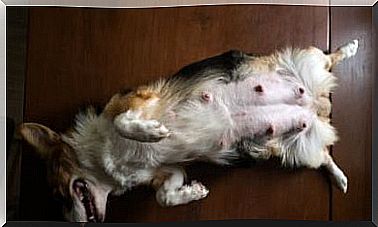Feathers Reveal Disease
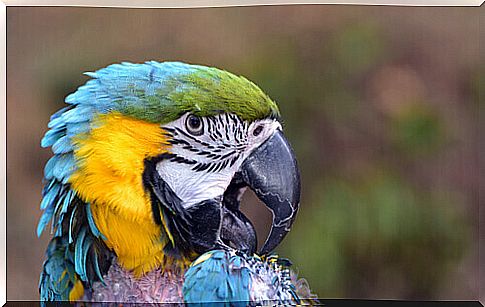
Whether because of their striking colors or because of the function they play, bird feathers have always been an object of people’s curiosity. They also reveal diseases in this group of animals.
First, it is important to know what role they play in the bird’s body.
What are feathers?
Feathers are the element that most clearly differentiates birds from other animals. They are formed by a structure that arises from the skin. The origin has as predecessors the scales of reptiles. This hypothesis comes to light when looking at their similar growth and their keratin composition.
Functions performed by feathers
The plumes first appeared to control the body temperature . That hasn’t changed until today. However, their functions have increased. Among the most important are:
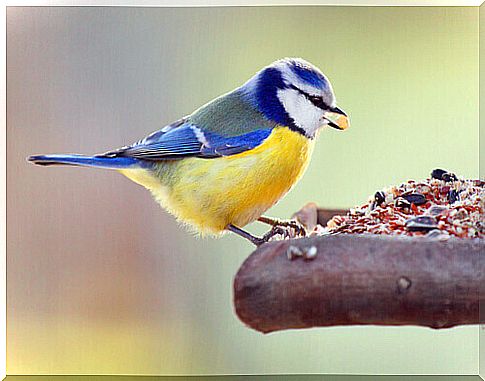
- Camouflage: This is an important function of feathers in birds. Allows them to adapt to the environment in which they live and avoid being devoured by other animals. In addition, camouflage serves to attract potential prey.
- Reproduction: in some types of birds, they serve as an element of courtship for mating.
- Water transport: Certain birds wet their thorax feathers to bring water to their nests.
- They muffle the sound: so they can hunt with greater discretion. This happens to birds that hunt at night.
- Feel: although the feathers themselves are devoid of nerves, they release a stimulus in the nerve region of the skin that surrounds them.
- Float: birds, such as ducks, for example, are able to float using the air trapped between their feathers.
- Protection against harsh weather: keratin, the substance from which feathers are made, is able to resist water and wear caused by wind or sun. Feathers are also an insulator against the cold when birds get wet.
- Flying: Because of their firmness and rigidity, they allow birds to fly.
Do feathers reveal disease?
One patient observation and systematic will make it possible to notice the changes in the bird’s plumage. These changes are usually generated by a genetic, pathological or stress problem.
The changes in color, firmness and shine of the feathers are signs that something is wrong with the bird. This also applies to the beak and eyes.
There are several anomalies that can be detected in birds by observing changes in their plumage. Among the best known we can mention:
false mute
Typically, a bird changes its plumage two to three times a year. However, when the temperature increases, the birds they renew their plumage at random. In such cases, it is recommended to take it to a cooler place.
Pecks
These are the self-harms inflicted by the bird itself. It is caused by the presence of parasites or because of stress. It is very unpleasant for birds that suffer from it. It is recommended to submit it to an external deworming or consult a veterinarian.
follicular cyst
Although there is no cure, it is possible to treat this problem through surgery . A follicular cyst arises when the feathers, instead of growing out of the skin, grow inwards.
Polyomavirus
This disease is recognized by the appearance of small red dots on the wings. Parakeets usually suffer from this condition. Causes loss of appetite and depression. If the bird is young, it is likely to be fatal.

Pododermatitis
It is an aggressive disease that causes the bird’s skin to sag. Bacteria are the main causes of this dangerous disease. If not detected and treated in time, the infected bird dies.
It can be concluded, then, that the feathers reveal diseases, all that remains is to be a good observer.
General recommendations
It is good to remember that birds are very sensitive animals and can get stressed and suffer complications from health .
A poor diet can also create problems in the way and way the bird’s feathers grow.
It is important to constantly pay attention to the appearance of your pet birds. The feathers reveal diseases and this is the best tool in maintaining a good health condition for the birds. However, it should be taken into account that you need to see a specialist regularly, not just when a problem arises. The veterinarian is the person able to more accurately detect any anomaly and administer the appropriate treatment.

